How To Log Into Your Windows Server Node ?
Remote Desktop to Your Server From a Local Windows Computer
Here are the directions to remote desktop into your server from a local Windows OS
Click Windows Start button.
Search and click Run.
Type “mstsc” and press the Enter key.
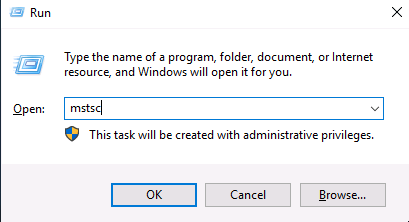
Next to Computer: type the IP address or hostname (if the hostname has an appropriate DNS record and resolves) of your server.
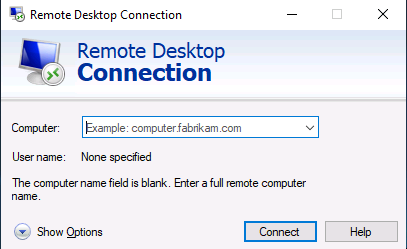
Click Connect.
If mentioned details are correct, you will see the Windows login prompt.
Remote Desktop to Your Server From a Linux Computer with Rdesktop
Open a command shell from your flavor of Linux.
Type ‘rdesktop‘ at the command prompt to see if you have rdesktop installed
If rdesktop is installed, then proceed. Otherwise, you will need to install the rdesktop package for your flavor of Linux with the below-mentioned command.
For CentOS/Fedora, run -
# sudo yum install rdesktop
For Ubuntu/Debian, run –
# sudo apt-get install rdesktop
Type ‘rdesktop‘ followed by your server’s IP address or its hostname (if the hostname has an appropriate DNS record and resolves). Then press Enter.
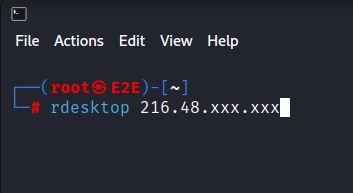
If all goes well, you will see the Windows login prompt.
Remote Desktop From Mac OS X
Using Microsoft Remote Desktop
Step1. Install Microsoft Remote Desktop from the Mac App Store.
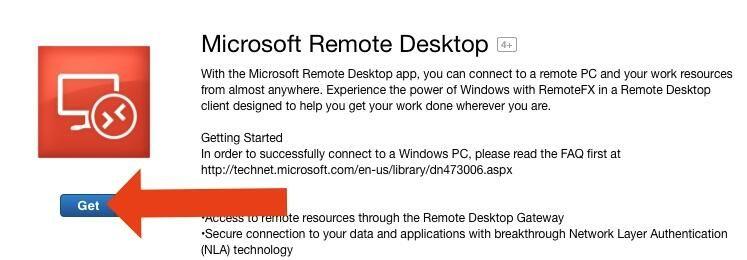
Step 2. Next, click the New button or use the shortcut Command + N to set up a connection to your server.
Step 3. Fill in the appropriate settings, then close the Edit Remote Desktops window.
1. PC name: You can use your server’s IP address or its hostname (if the hostname has an appropriate DNS record and resolves). 2. Username: To access the admin account, use “Administrator”. 3. Password: Enter the Administrator password. 1. Configure any other preference settings.
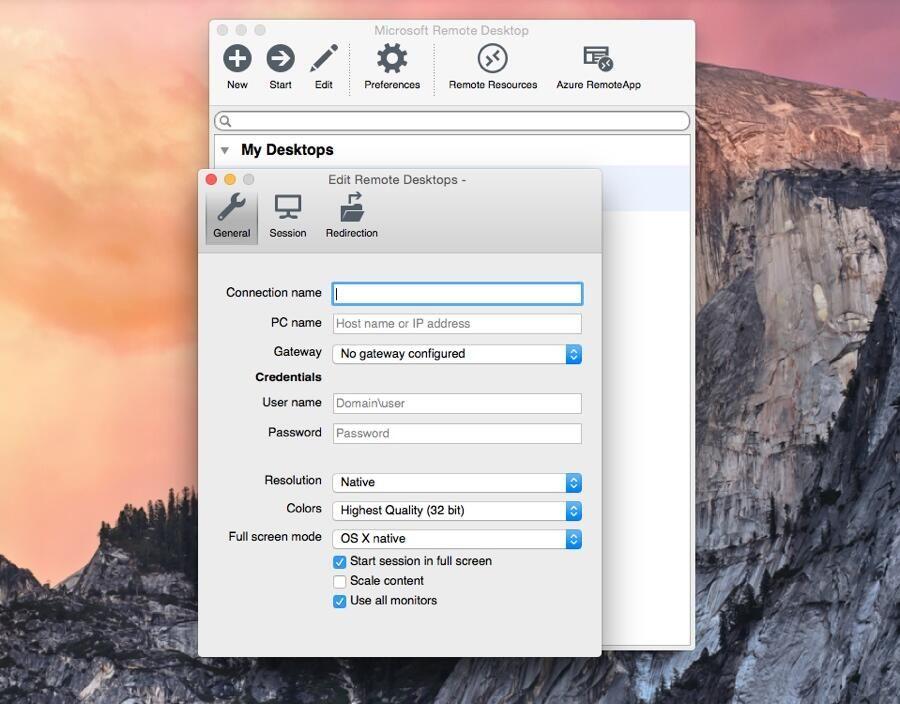
Step 4. Select your connection under My Desktops and press the Start button in the menu to connect (or simply press the return key on your keyboard).
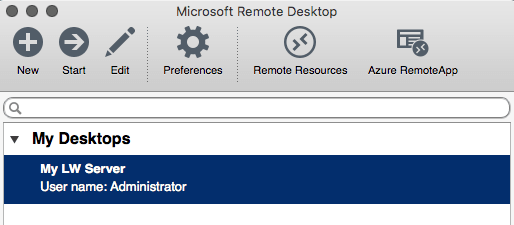
Step 5. If your server uses a self-signed SSL certificate, a message will be displayed as Remote Desktop is negotiating credentials. You can either press Continue to proceed with the connection or, to permanently store the certificate and connect directly in the future. To accomplish this, click Show Certificate and then check the box next to Always trust … before clicking Continue to proceed.

